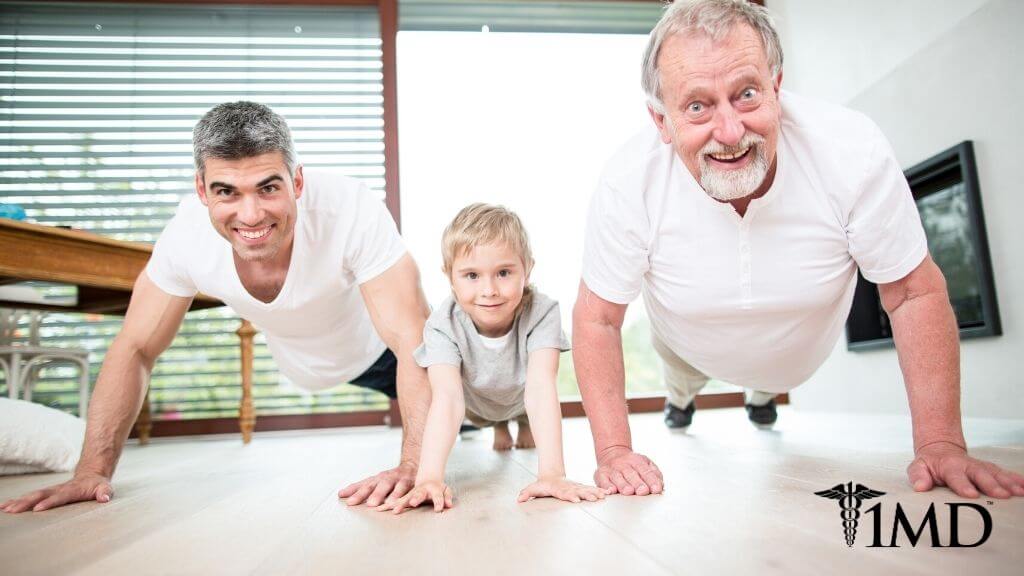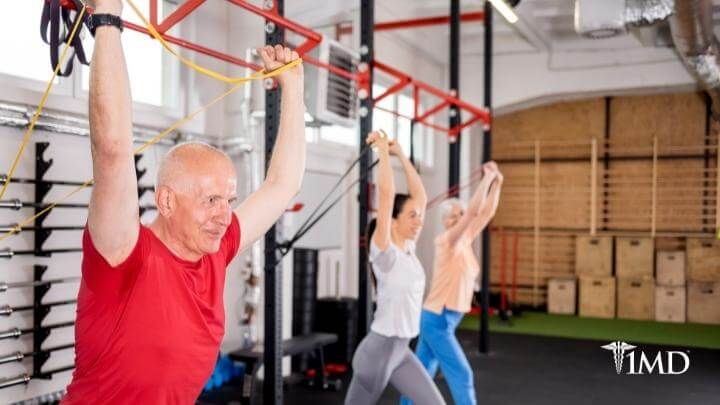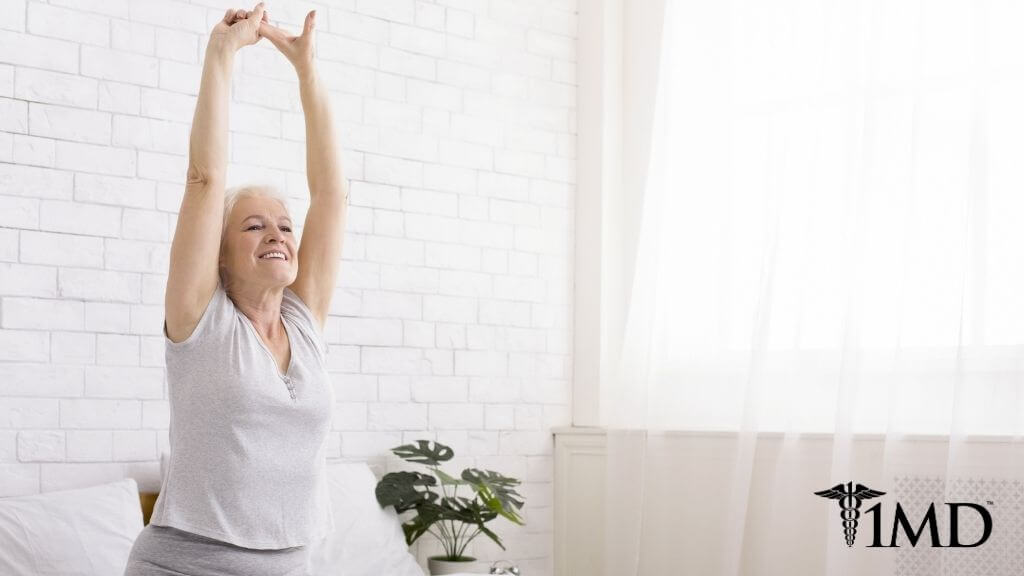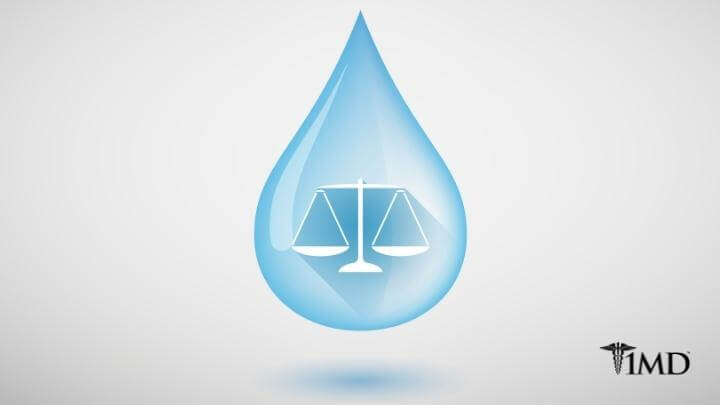Exercise And Weight Loss Tips For Your 20s, 30s, 40s, 50s And 60s
7 minute read

Losing weight is not an easy thing to do. As a person gets older they may struggle to lose extra pounds. Weight loss is not hopeless however. These are some tips to help you stay in shape whether you are in your 30s, 40s, 50s, or even your 60s.
Exercise & Fitness: Your 20s
When you are in your 20s, you can do 30 minutes of weight training and follow this up with 30 minutes of cardio. This should be done at least three-four times a week.
You should also be doing 45 to 60 minutes of cardio three times a week. One day out of the week you should give the body a chance to rest. You'll see firm results.
In your 20s the body is strong and can handle these intense workouts. This is the time to get past the fitness trends and fad diets and develop an exercise program.
Instead of aiming for the perfect body think about being healthy. There is more to an exercise program than cardio and crunches alone. Weight training will help the muscles become defined and can also help prevent osteoporosis down the line.
If 10 reps at one weight level can be done without overexerting effort, then the weights are too light. Instead, do 4 reps at a heavier weight so that the muscles can really feel it. Adjusting and readjusting your weight levels is crucial progress.
Getting perfect abs is going to take more than just doing crunches, of course. A diet of lean protein, fish, fruits, and vegetables is also needed for maximum effect.
The 'plank' is a great exercise for the abs as well as the muscles in the lower back. To perform a plank get in the sit-up position and balance using the forearms and toes. Push the stomach back towards the spine and keep the back flat. Hold this position for one minute, then relax and release. This will help tone up the body.
Exercise & Fitness: Your 30s
The best thing to do is one hour of cardio and resistance training, four times a week, and one day of cardio exercises for 45-60 minutes. Take one day to rest.
In the 30s, the basal metabolism rate begins to drop 1 to 2 percent every decade. The lean muscle mass in the body begins to decrease and fat level increase. Exercise is the best way to keep off the extra pounds and maintain health.
In your 30s you will need to workout a bit harder. A program such as Pilates can help tone the body and will help prevent sagging of skin and some muscle loss.
One popular move is to stand with the heels of the feet together with the toes around 3 inches apart. Suck in the lower ab as well as the thighs and rise onto the ball of the feet. Bend the knees while keeping the tailbone straight. Bring the heels back to the floor while keeping the legs straight.
Do five reps of this and it will help tone up the body. Now is also the time to make smaller changes to burn calories. Take the stairs instead of the elevator and park further away from the entrance of the store so you will have to walk more.
Exercise & Fitness: Your 40s
The best exercise plan in your 40s is to do three day a week of whole body training and 45 minutes of cardio workouts five days a week. Take one day off for rest.
During this time of life gravity and hormones are working against you. Performing cardio three times a week will help keep the weight from piling on. It is important to get into weight training as well. This will help prevent natural sagging at this age.
There are certain parts of the body that are going to need more work than others. Pilates can keep the midsection trim. The upper arms need to be toned as well.
Push-ups can help with this. There is that pesky backside that will need the extra attention too. Squats, and machines such as the stair climber can help. During this age range it is important to strengthen the mind with regular exercises as well.
Exercise & Fitness: Your 50s
At this point you should try to engage in 4 to 6 sessions of cardio per week ranging in time from 20 to 40 minutes. A half hour of weight training should also be done twice a week, making sure to stretch before and after exercising periods.
At this age, your metabolism is low. Weight gains an average of 12 pounds eight years after menopause. To help keep the back and buttocks toned it is important to exercise as much as physically possible.
Stand up and hold the hands together behind the back. Squeeze the shoulder blades and buttocks together. Straighten the arms and bend trying to get the finger to touch the floor to strength these muscles.
In your 50s, weight training is extremely important. If you do not want to use the exercise machines at the gym use a weight training video or tutorial at home.
Think about walking more in general. People in their 50s should walk around 10,000 steps a day (or five miles). Stretching is more important than ever. People at this age can really benefit from yoga moves. This will help with balance as well.
Exercise & Fitness: Your 60s
At this age 3 days a week of challenging cardio such as slow jogging is recommended as well as 3 days of weight training. If you can handle it, try it out.
People in their 60s begin to feel aches and pains from arthritis and other age-related conditions. In your 60s, some of the aerobic exercises can be adapted to be more comfortable and plausible. Rather than an intense run, try a light jog instead.
Swimming is also great at this age. Resistance training is important but use lighter weights. Exercise is important to keep the bones strong and healthy. Try to stay active and walk whenever possible to stay strong. These tips will keep you fit.
As a person ages, they still need to exercise to help the body stay strong. As a person gets older they may not be able to perform all of the exercise moves as when they were young. Exercise programs can be adapted as a person ages so they can remain strong and stay healthy. These tips and trick can certainly help.
-
http://www.oprah.com/health/exercise-for-your-20s-30s-40s-50s-and-60s_1
-
http://www.womenshealthmag.com/weight-loss/losing-weight-in-your-20s










 Health Guides
Health Guides
 Latest Research
Latest Research


